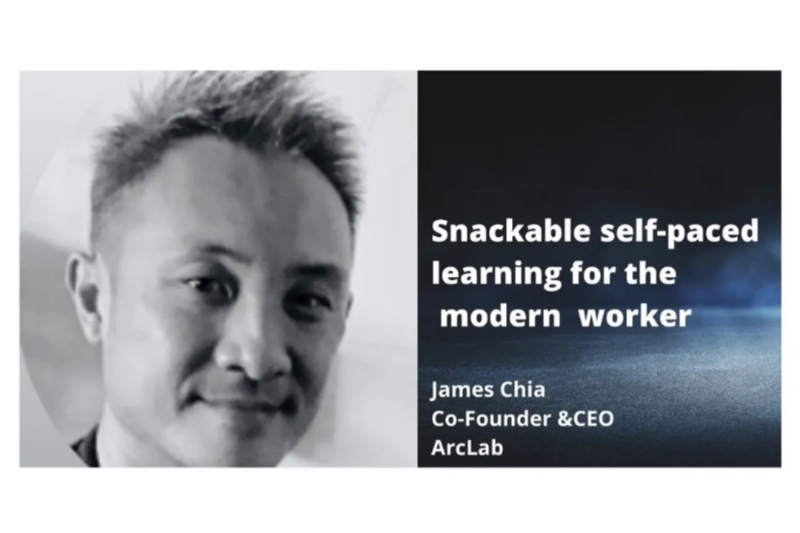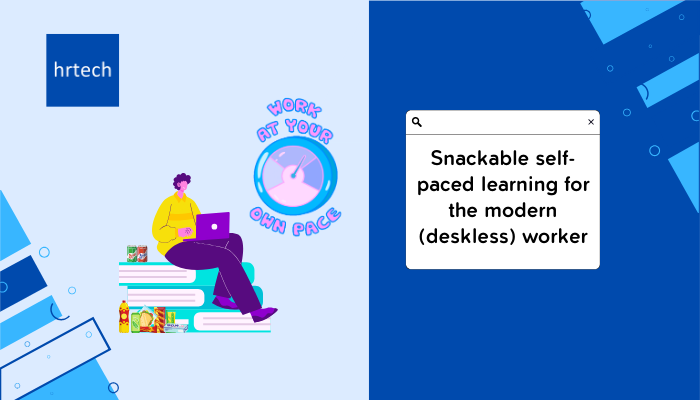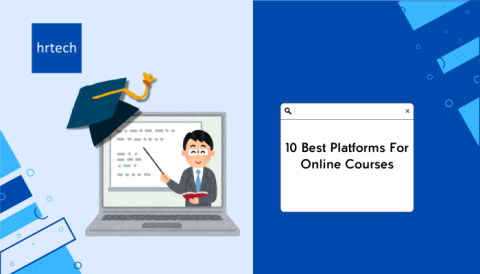The best form of training delivery is to downsize content into ‘snack-able’ modules – Nano Learning.These are housed on the cloud and readily accessible for the worker to refer to

Buffets! Spread upon spread – Delightful morsels of savory and sweet dishes. (Hungry yet?)
Why we love buffets
Some say it’s the food. That’s a factor, but I suspect our love affair with buffets lies in knowing there’s ALL THAT CHOICE available. That’s what makes buffets special – the fact we CAN eat such a broad spread of different dishes, whatever you fancy, without limit!
Buffets have made their way into increasing facets of our lives, especially entertainment. Think Netflix, Spotify, MoviePass. These platforms make you the promise that there’s all this content (movies, songs…) that you CAN watch or listen to. It’s impossible obviously, but the fact that we CAN… has users stumping up their subscription fees. Month after month.
Netflix and Spotify do something else – they make recommendations to you – what to watch or listen to next.
To each his/her own
The recommendations are “personalized” for each of us, because our behaviour on the platforms are all different. We watch different movies, listen to different songs. Our likes and dislikes are different. The platforms aggregate all this data to personalize their recommendation, based on what they understand of us.
Yet personalization is hardly new. As parents – we have knowledge (aka data) about our children’s likes and dislikes. We know Johnny loves his fish ball noodles and Jamie her chicken rice. So, we ‘personalize’ their lunches. We know Jimmy loves green and Jessica loves blue. So, we ‘personalize’ their room decor accordingly.
Personalized Learning – What’s hampering it?
In modern-day Learning & Development (L&D) – it’s not always easy to personalize training, especially if time and resource is constrained. So, often, it’s a one-sized-fits-all approach to training. Much of these changes in the classroom started in the Industrial Revolution – the advent of factories required skilled workers needing to be trained quickly and efficiently. Sadly, that hasn’t changed in the past 150 years.
We know training should be personalised, and we know that there is technology that can help us. But somehow – what Netflix, Spotify, Amazon and Google have honed to an artform – L&D practitioners find hard to do. This is despite a bevy of ‘personalised learning’ and ‘adaptive learning’ platforms that have sprung up over the last decade.
Yet, good teachers and trainers have always sought to personalise their teaching to the learners they interact with. In an older time, masters impart their skills to different apprentices differently, because each one is different.
Focusing (wrongly) on the technology
So, our first goal must be to figure out what best fits our modern-day learner. Focus should not centre at the technology; it starts with the learning pedagogy.
The modern workforce is becoming more mobile, and information’s shelf-life shortening. That makes traditional methods of training less effective. So, the delivery needs to change, and assessment too.
What we should first do is figure out the best medium and form factor of training. No longer should we front-load training in the first 3 days of an employee’s induction programme and hope they remember something. Rather, training now needs to be spaced out, made available on-demand; and if possible, ‘pushed’ at the right time.
Thinking specifically about the “deskless” worker – the frontline associate in the shopfront, the barista, the outbound healthcare worker: The gentleman or lady who does not have a cubicle or workstation; no computer to access the operations manuals (s)he may have vaguely remembered browsing through during induction.
Yet most (if not all) of our deskless workers now have powerful computers sitting in their pockets – their smartphones. Our Learning & Development teams can take advantage of these mediums and find an effective platform and toolset to engineer learning content. This investment is done once, and content can then be tweaked on an ongoing basis with relatively low marginal effort. This ensures accuracy and currency.
Snack-able Learning – Nano Learning
The best form of training delivery is to downsize content into ‘snack-able’ modules – Nano Learning. These are housed on the cloud and readily accessible for the worker to refer to, a recipe card for example, or a repair instruction for a particular machine. Whenever he/she needs it. A worker who refers to it continuously will level up faster. It’s a proxy for employee effort to HR managers, which should ultimately translate to better productivity and better bottom lines.
Over time, the platform also builds its knowledge of the worker, and platforms can build recommendation engine to recommend learning – which is already proven to be effective. This helps our deskless workers continuously upskill and level up – translating into better job performance, promotions and better pay to uplift families.
Ending back at the buffet
We end back at the buffet spread, and the key element of choice. Best of all, there’s no wastage -because unlike buffets where unconsumed food is thrown away, all learning content always stays available, to consume as best fits our schedules, to adopt into better work performance – that leads to better organisational outcomes, and hopefully better livelihoods for our workers.
As we bring personalisation into learning – and in ArcLab’s case, Nano Learning, our focus still centres on human choice. So we do not just consume what is recommended or ‘pushed’ to us blindly.
Rather, that insight we glean from all that data and personalisation is the ability to make better choices. That ability to choose is what makes us human, and that’s why we love buffets.
About the Author:

James leads ArcLab’s Strategy, Product & Growth. He’s an education thought leader and was formerly in Singapore’s Public Service (MAS) and Financial Markets / Portfolio Management. An Associate lecturer at SIM Global Education & an Edugrow Community Mentor, James is a Husband, Father, Son, Singaporean; a Tottenham fan since ’94.





